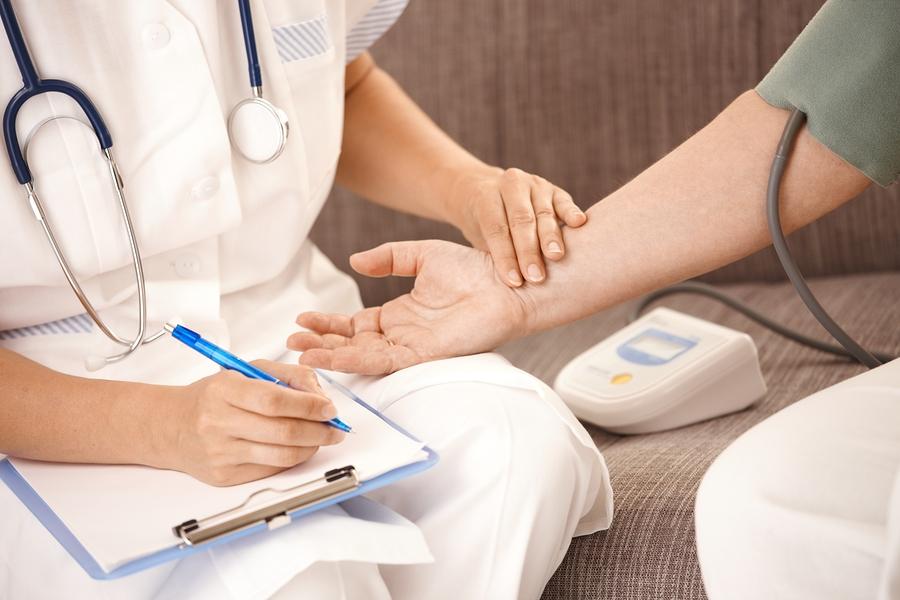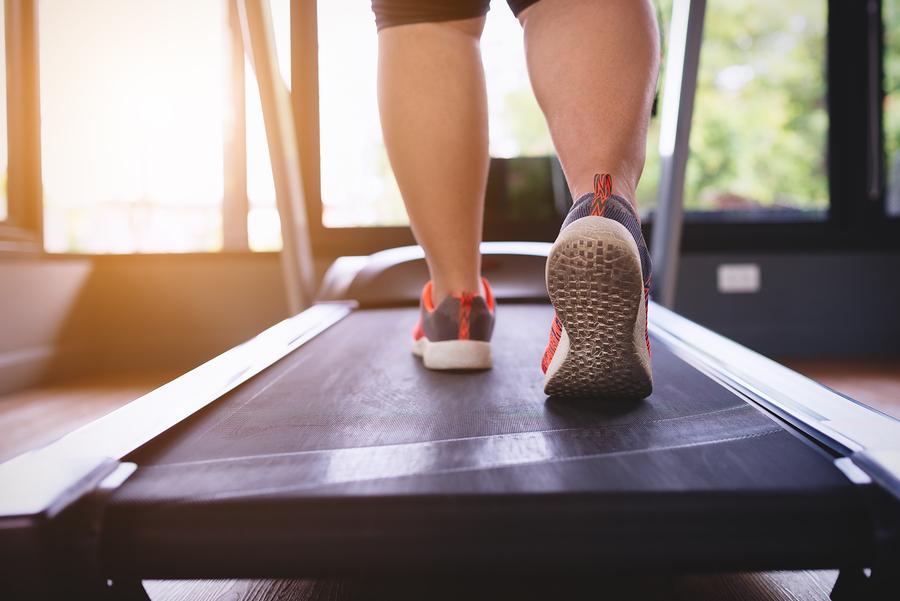One of the most universally shared aims when it comes to exercise is simply to get fitter! Being aware of your fitness level is useful if you are currently embarking upon a new fitness regime. This is because it can help you to know where you are starting from, which then allows you to track your progress. It also helps to alert you to any existing concerns with your health that you may have been unaware of.
There are many ways in which you can test your own fitness, and you may find it useful to do so in several different ways so that you can get a bigger picture of your overall fitness level.
When you are aware of your fitness level, you may find that this motivates you to making healthier, more active choices that are going to benefit your health in the long term. You will also be able to see how you compare among those of the same age and gender as you, which can be quite encouraging in the push to live a healthier life. Furthermore, this information can help you to plan goals for yourself, and to be able to accurately measure when you have reached these goals!
Heart Rate
You can figure out your own resting heart rate with no equipment at all, apart from something to track the time! Simply find your pulse and then count it for 60 seconds. Alternatively you may find it easier to keep count for just 30 seconds and then double the result.
A heart rate is considered to be in the normal range when it is at 60 to 100 beats per minute (bpm). If your heart rate is lower than 60bpm then it is likely that you are an athlete, or that you regularly engage in exercise to the point that your body has become quite conditioned – and this is great!
If your heart rate is more than 100bpm when you are at rest, then this is known as tachycardia, and you should seek the advice of your GP. Be sure not to start any new exercise plan without advice from a healthcare professional if your resting heart rate is more than 100bpm.
Checking your pulse first thing in the morning, before you’ve even left your bed, is a great way to get an accurate measurement. Your heart rate is a simple but reliable indicator of your cardiovascular health.
Blood Pressure
Similarly to your heart rate, your blood pressure is also a good indicator of your level of cardiovascular fitness. If you want to check your own blood pressure regularly then you will need to purchase a blood pressure monitor.
When you use a blood pressure monitor to test your own blood pressure, you will need to apply the strap to your upper arm and then turn the machine on. After a few moments you will be given a reading. The top number of this reading is known as your systolic blood pressure, and the bottom number refers to your diastolic blood pressure.
Your systolic blood pressure is a reading of the pressure of your blood when it is being pumped by the heart around the body. Your diastolic blood pressure is the pressure measured when your heart relaxes between beats.
A healthy blood pressure reading is around 120 over 80. If your reading is lower than 90 over 60, then you have low blood pressure. This isn’t generally considered to be a health problem, and can actually indicate good health. On the other hand, if your reading is more than 140 over 90, then you have high blood pressure – also known as hypertension. This is a cause for concern and you should consult with your doctor.
Body Composition
Understanding your body composition essentially shows you what your body fat percentage is. This can be an extremely helpful thing to track because it gives you an accurate picture of weight loss and muscle mass. When you are trying to lose weight, you may think that weighing yourself on the bathroom scales each day is the best way to measure your efforts. However, looking at your body fat percentage will give you a much more reliable figure to keep track of. Your weight will fluctuate throughout the day due to a number of factors, but your body fat will remain consistent.
You can check your body fat percentage with a bio impedance machine, which you can either purchase yourself or usually find at your gym.
Rockport Walking Test
The Rockport walking test is a simple way to gain a greater understanding of your cardio-respiratory endurance level.
All you have to do is walk as fast as you possibly can on flat ground for a mile. You should ease yourself into this exercise by slowly increasing the speed at which you are walking until you reach your fastest possible pace. It is generally easier to do this if you have access to a treadmill so that you can be absolutely certain of the distance that you have walked.
Once you have reached one mile you should then make a note of your heart rate and also the time it took you to complete this distance. You can then use a calculator, such as this one, to determine your results.
Aim to do this test once a month and keep a note of your results so that you can check your progress!
The Cooper Run
This is another simple test that can be used to determine your cardiovascular fitness level. It is more suited to those who are already somewhat confident with running as opposed to beginners. As with the Rockport walking test, it is generally a good idea to do this on a treadmill.
You should first spend between three and five minutes warming up on the treadmill to prepare your body to run. You can then reset the treadmill and then set the speed at a running pace you believe you can sustain for 12 minutes. The aim with this test is to run as fast as you can for this length of time. If at the six minute mark you feel that you have overestimated or underestimated your abilities, then you can adjust the speed accordingly and then continue at this pace for the final six minutes.
Once 12 minutes have passed you can measure your distance in metres and use a calculator, such as this one, to determine your results.
Fitness Testing
These are just a handful of the fitness tests available that can help you to determine how fit and healthy you currently are. Your healthcare professional will be able to suggest additional ways to track your health, as will an instructor or personal trainer at your gym.
Being aware of your fitness, and tracking it over time, will help you to know how you are doing with your exercise efforts, and how your body is responding to the activities that you are engaging in. Collecting all of your data together and updating it regularly can be a great way to motivate yourself to continue working towards your goals. When you do so, you will be able to see even the slightest of improvements.
It is also possible that you will sometimes observe regressions in your fitness. Being aware that this has happened can help you to prompt yourself to get back on track and work harder!
References
1) http://www.bloodpressureuk.org/BloodPressureandyou/Thebasics/Bloodpressurechart
Related Posts
Cigarettes May Inhibit Inflammation Treatments
Axial spondyloarthritis, also known as AxSpa, is a chronic…










